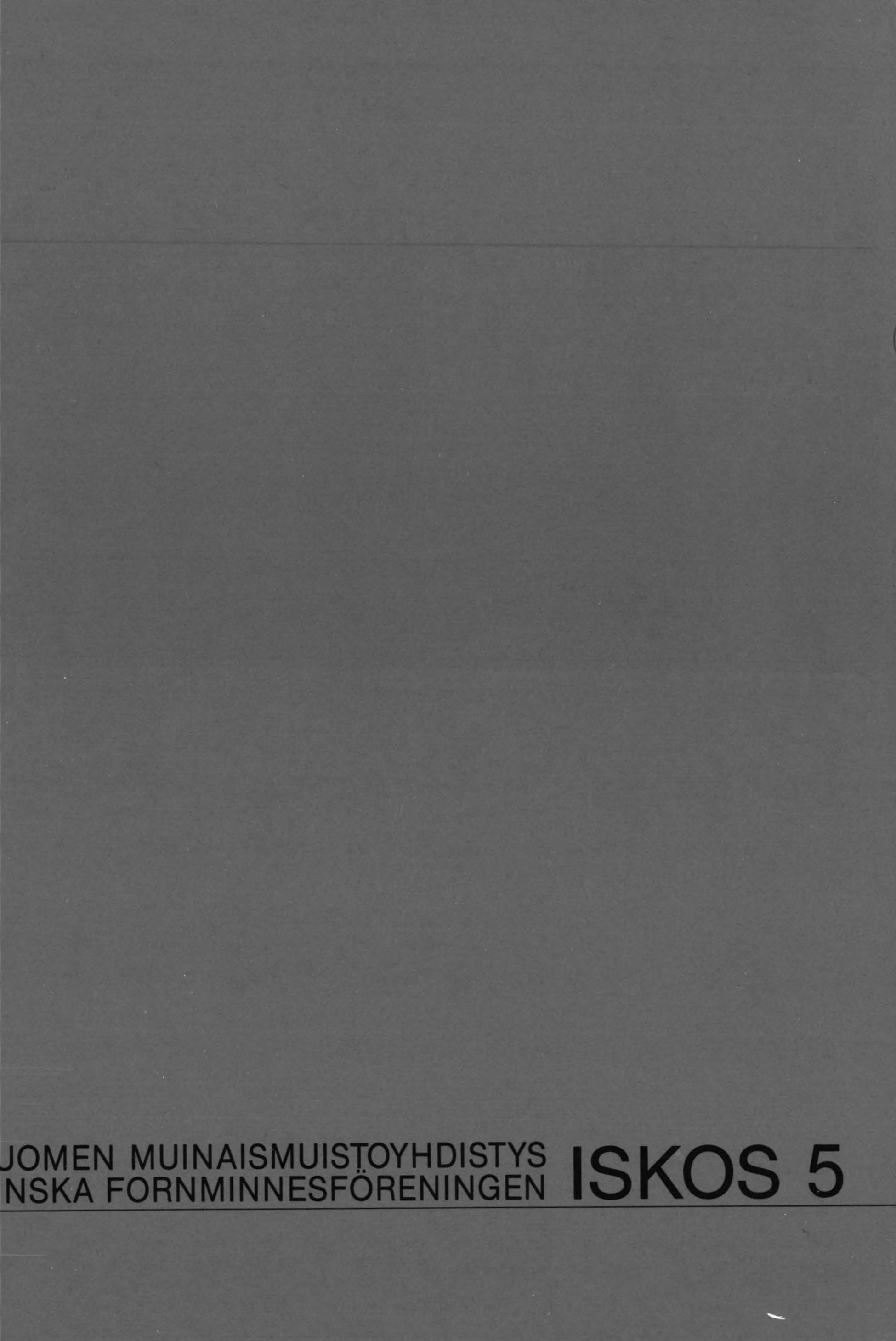Garaselet – Biostratigraphical studies of human impact during different periods of settlement from the Mesolithic to Medieval times
Abstract
lnvestigations in collaboration with Skellefteå Museum are in progress on material representing different periods of settlement at Garaselet on the Byskeälven river in Västerbotten, northern Sweden. Archaeological excavations south and north of the bays Garaselviken and Lappviken revealed the existence of a Mesolithic dwelling site dated c. 8000 B.P. The area was occupied also during the Neolithic, Bronze, Iron and Middle Ages.
Studies of minerogenic and organogenic material from the excavation area, together with peat from the nearby mires and sediments from the bays, are being carried out using pollen and diatom analysis, organic carbon measurements, total composition analysis and radiocarbon dating.
Preliminary results indicate that the human impact on vegetation and water is registered in the sediments, but was only of minor significance as compared with the natural changes of the palaeoecological and palaeohydrological environment.
Pollen analysis and radiocarbon datings of peat samples from the mires show that the organic sedimentation started contemporary with the immigration of alder (Alnus) after 8700 B.P., just after the deglaciation of the area. The spread of spruce (Picea) took place after 3600 B.P.




